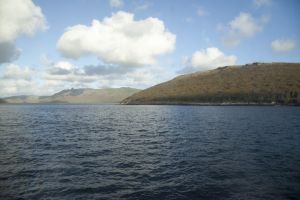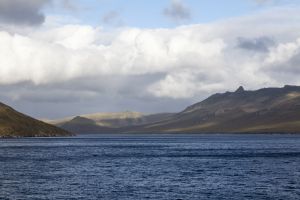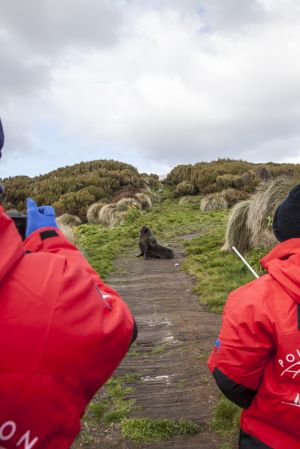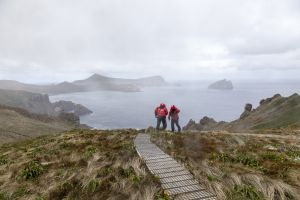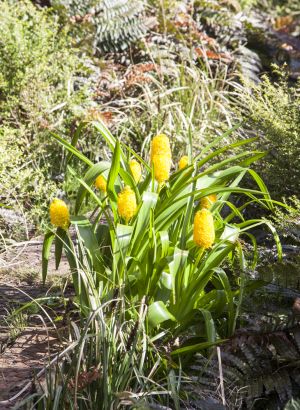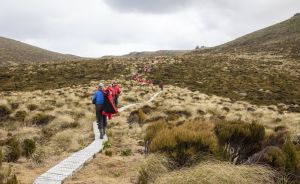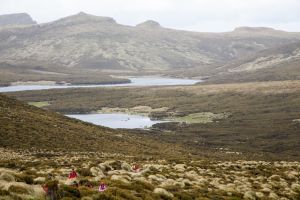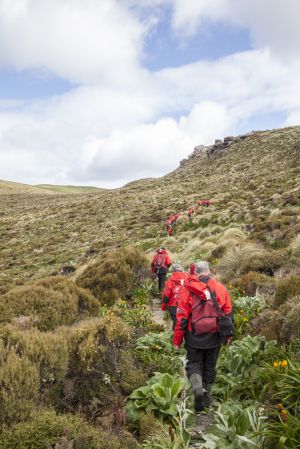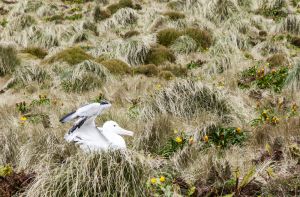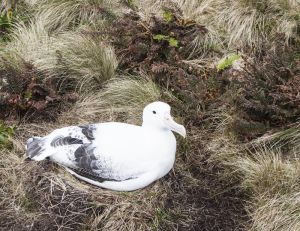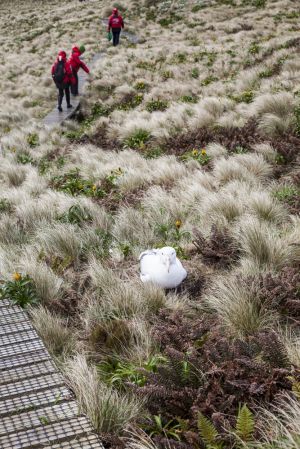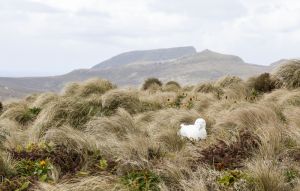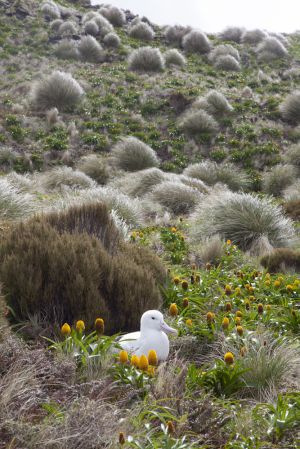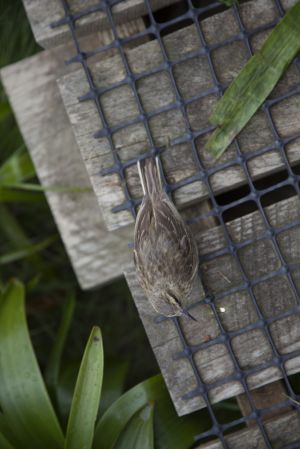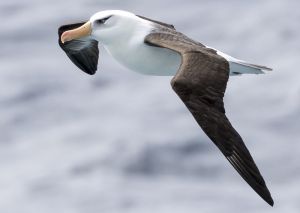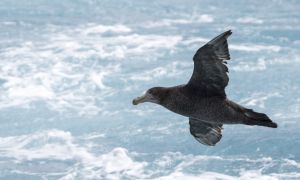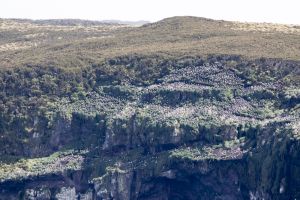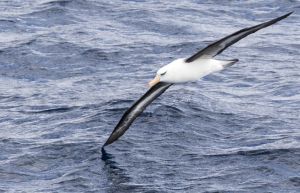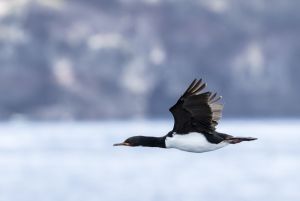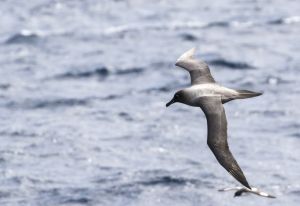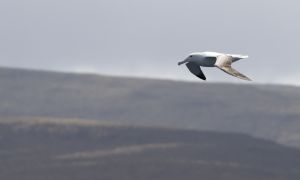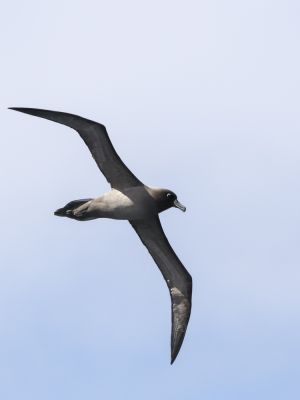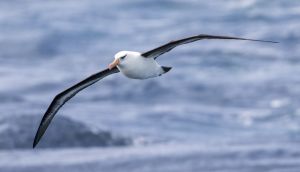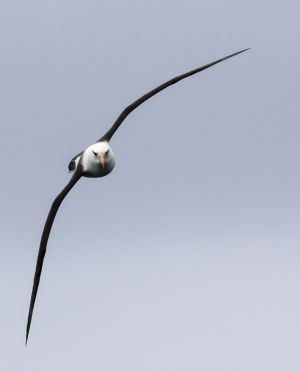We arrive at Campbell Island on schedule at 6am. Notable for its miserable weather and 650 hours of sunshine annually, Campbell Island has turned on the fine weather for our planned 7km hike on the island. The New Zealand Department of Conservation permit only allows Le Soleal within 600m of the coastline, so it is a 5 nautical mile trip of 30 minutes to reach the landing place in Perseverance Harbour.
New Zealand maintains a weather station on the island which is currently uninhabited, and the hike begins by navigating our way through some New Zealand sea lions that are distinctly unhappy with the intrusion of a pack of red-jacketed penguins marching through their territory. After the weather station, the hike is on a narrow boardwalk for the duration to minimise the impact to the island’s flora, notable for its megaherbs.
Hikes on remote islands are notorious for the body count they create – by the end of the hike I know of three falls: one chipped bone in an elbow, and two head injuries. This adds to the man who starting limping a couple of days ago and now has his foot in plaster. The majority of the passengers attempt the hike – most make it the entire 7km, but others really shouldn’t have attempted a long walk on a narrow boardwalk. The onboard doctor is being kept busy in addition to the usual viruses and sea sickness sufferers.
The highlight of the hike is passing the nesting Southern Royal Albatrosses, some of whom are positioned next to the boardwalk. These magnificent 12kg birds are incubating their eggs, with parenting duties shared between the male and female on a rotating basis. One parent goes to sea to feed, leaving the other behind for weeks at a time, a pattern that continues as the chick is hatched and finally fledges 9 months later.
The subantarctic pitpit is also present, and so unaccustomed to human presence that it merrily hops along the boardwalk beside us as it tries to work out what these intruders are. The eradication of rats has also allowed the virtually extinct Campbell Island snipe to replenish its numbers to the point where 5 were sighted by the expedition leader during the hike.
In the afternoon, Le Soleal heads to the north of the island to see the nesting colonies of gray-headed albatrosses and Campbell’s black-browed albatross, distinctive for its yellow eyes.
We are not able to get close to the coastline as it is the first trip to this area and the captain does not have soundings for the area. Photography from the ship of the albatrosses flying into and out of the colony is excellent though, with the complete mastery of the albatrosses of their environment shown below, with the wing tip of the Campbell’s black-browed albatross touching the water as it banks in the wind.
The Captain (Regis Daumesnil) and expedition leader (Mick Fogg) are eager to outrun potential bad weather, so it is a mid-afternoon departure from Campbell Island, destined for Macquarie Island in 36-40 hours time.

